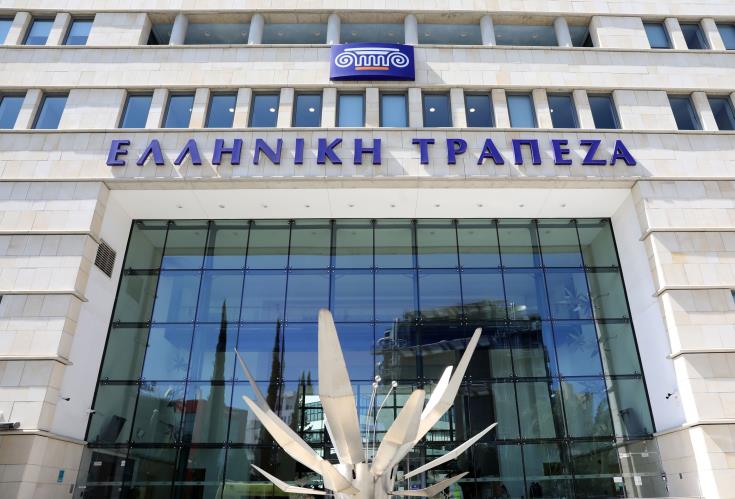The issue of marriage equality and childbearing rights for same-sex couples has seen international growth over two decades, affirming the rights of the LGBTQ+ community. It was on October 1, 1999, when the union of same-sex couples first gained legal recognition in the form of a cohabitation agreement. In 2001, the Netherlands became the frontrunner in Europe by legalizing the equal rights of citizens in the sphere of marriage. Since then, 24 more European countries have followed suit, 15 of which are members of the European Union.
Across the Atlantic, the struggle for marriage equality was visible much earlier. A same-sex couple from Minnesota managed to secure a marriage license in 1971 through a legal loophole. Forty-eight years later in 2019, their marriage was officially recognized, setting a precedent for other LGBTQ+ couples.
As of now, same-sex marriage is legal in 35 countries, which equals approximately 17% of the global population. However, the rights to childbearing and procreation for same-sex couples present a more complex issue. While the early stages of marriage equality did not include these rights, the past decade has seen significant changes. Yet, disparities remain regarding the issue of medically assisted reproduction and surrogacy for male couples. For instance, Belgium legally permits surrogacy, which is not the case in France, Germany, Spain, and Sweden.
In a landmark decision, the European Court of Justice ruled in 2021 that all EU member states must recognize same-sex couples and their children as a family, even if domestic laws do not recognize marriage equality. The ruling came after Bulgaria refused to issue identity documents to the daughter of a same-sex couple, highlighting the importance of the right of children to free circulation.






